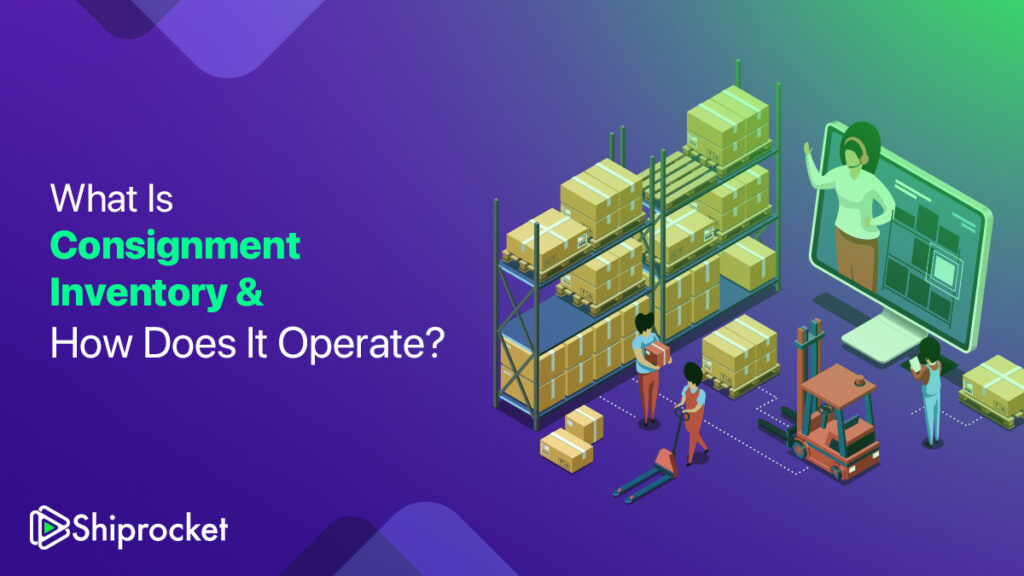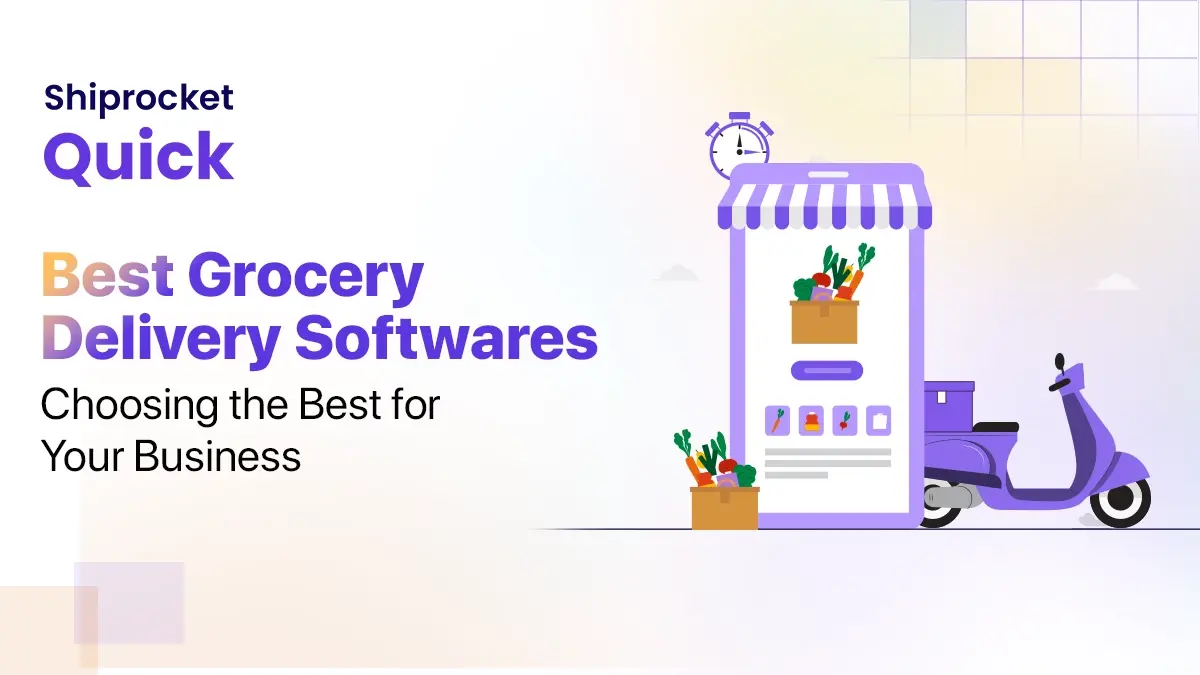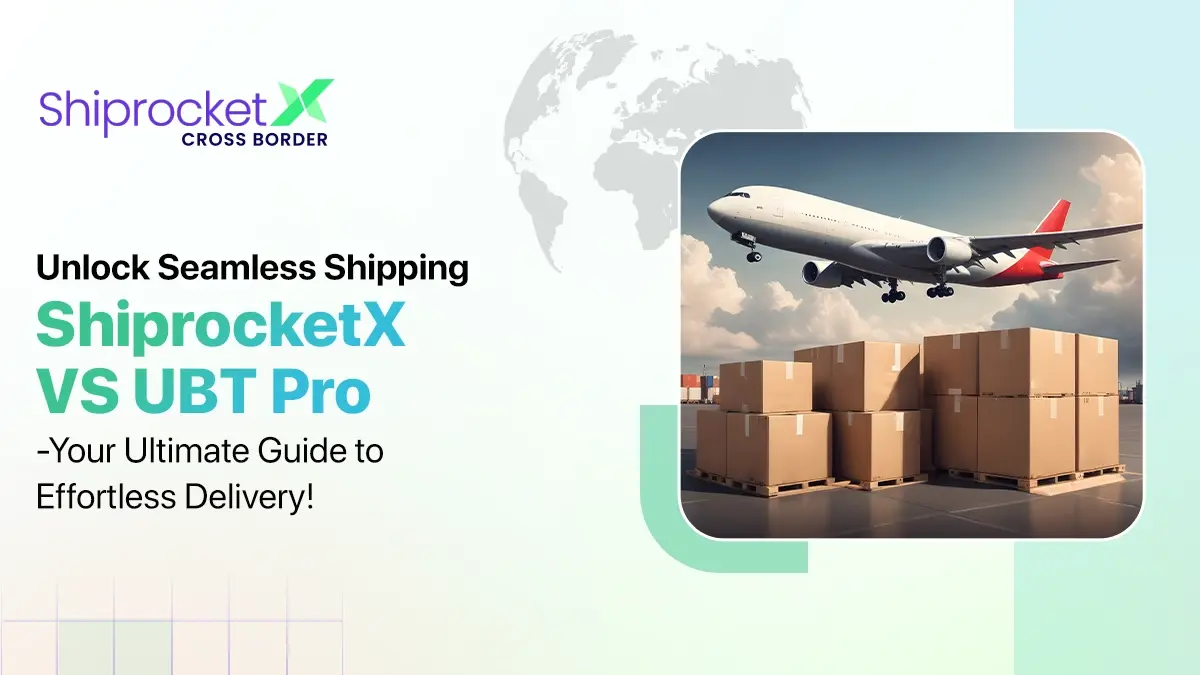What Is Consignment Inventory & How Does It Operate?

Stocking retail merchandise often involves the retailer buying goods from the supplier and then selling those products for a profit. In contrast, if the consumers don’t buy enough goods, the store is left with unsold goods that they must either mark down or offload.
Consignment inventory is helpful in this situation. Because the vendor or supplier (the consignor) keeps ownership of the goods until they are sold, consigned inventory lowers the retailer’s risk. This implies that the merchant, the consignee, need not buy goods upfront.
What Is Consignment Inventory?
Consignment inventory is a supply chain strategy that refers to the transfer of goods from a consignor (such as a wholesaler, supplier, or manufacturer) to a consignee (such as a retailer) for sale. The goods are considered the consignor’s property, and the consignee will only be reimbursed for them after they have been sold.
A consignment inventory deal can benefit both parties. For instance, a retailer and a fashion designer might agree to a consignment arrangement in which the retailer will sell the designer’s clothing in-store. The store will pay for only the items sold; the remaining goods will be returned to the designer.
Advantages & Disadvantages Of Consignment Inventory
For both vendors and retailers, consignment inventory offers both advantages and disadvantages. Here is a breakdown of them.
Advantages For Retailers
Low Financial Risk: Retailers like consignment inventory because there are lesser risks involved. Retailers don’t have to pay for the goods until they are sold and don’t have to worry about losing their capital on inventory expenses. They also avoid the hassle of getting rid of extra goods.
Possibility Of Increased Sales: Your retail inventory will have more products and better variety if you use consigned items. A consignment inventory agreement can boost sales and earnings by adding an array to your assortments.
Disadvantages For Retailers
Higher Carrying Costs: Although there are no upfront expenditures for consignment merchandise, there are charges associated with stocking them in a store. You must dedicate floor space for the goods that could be utilised to market other things.
Additionally, transportation costs are also typically the consignee’s responsibility, mainly if you sell consigned goods online.
Advantages For Consignors
Product Exposure: Consignment inventory allows suppliers to introduce their goods to new markets. Consignors can access a broader retail market by selling their items through pre-existing stores, which enables them to make money without having to set up their own sales channels.
Testing New Items: A consignment arrangement enables suppliers to test new products. For instance, they may create a small number of products, sell them, and gauge the effectiveness of the products based on the revenue they bring in.
Disadvantages For Consignors
Higher Up-front Expenses: Consignors must pay the cost of creating the goods without an assurance of return, resulting in higher up-front expenses.
Loss Of Revenue: Consignors can face an unpredictable cash flow leading to a loss of revenue. Owners of the goods run the risk of losing money if they don’t sell the products.
How Does Consignment Inventory Work?
Start with a Strong Vendor Relationship.
A vital element of a successful consignment is a strong relationship with your merchants. If you consider engaging in a consignment agreement, ensure that you’re working with vendors you trust and whose values are compatible with your own. Vendors can be located in many ways. You can run into vendors during trade shows or actively look for them both online & offline. Check their services and experience thoroughly before finalising and drafting the papers.
Draw Up a Win-Win Agreement:
Making and finalising a formal consignment agreement is the final stage. Both sides should work to reach a situation where each will benefit. The agreement situation will determine its contents.
Here are some of the provisions to include in consignment agreements:
Right To Sell: Generally, an agreement is merely formalised under the “right to sell” clause. It should state that the consignor has given the consignee permission to sell and exhibit the items in their retail location.
Pricing: The pricing clause in your contract must specify the price at which the retailer will sell the goods. It may select the “minimum price” at which the consignee is permitted to sell the goods.
Consignment Fee: The portion of funds going to the consignor and consignee is described in this section. This contract section frequently specifies when the consigner will receive their money.
Location Of Goods: The precise location (address) where the goods will be kept and stored should be included in this section.
Period: A deadline for when the goods must be sold should be specified. The goods must be returned to the consignor if they are not sold by the deadline.
How To Manage Consignment Inventory?
At this point, you are prepared to sell the consigned items at the retail store because the contract is already in place.
Following these practices will help you manage your inventory as you sell the consigned items.
Use a proper method to track consignment sales and inventory.
Accounting for and managing consignment inventory can be challenging, mainly if you sell both consigned and non-consigned items. If your business plan combines the two, it could be helpful to keep track of them separately.
Use suitable software and other digital tools.
Digitizing your accounting and inventory systems is an excellent method to stay on top of consignment material. Use a cloud-based inventory management solution that streamlines data entry, tracking, and reporting to manage your inventory.
Bottom Line
Inventory consignment can be advantageous for both suppliers and retailers. Your success with consignment is higher when you have a mutually beneficial agreement and employ appropriate inventory management solutions.








